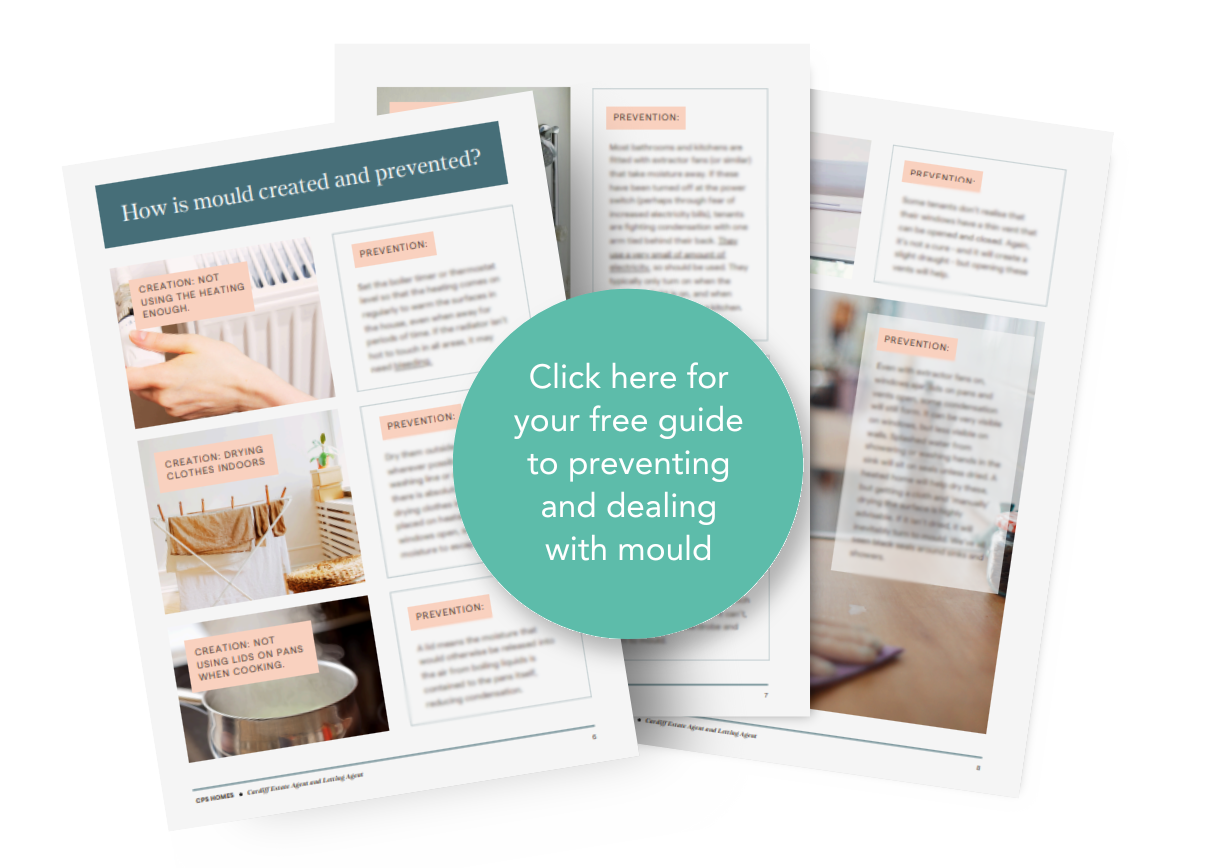
Preventing and dealing with mould
What exactly is mould?
When we refer to mould, we mean mould caused by condensation. After it starts off as tiny water droplets, condensation turns to dark-coloured spores (commonly called “mould”). These droplets are created when excess moisture in the air comes into contact with a cold surface, e.g. windows, walls (especially exterior walls) and inside furniture. Condensation is commonly caused by low internal room temperatures and a lack of adequate ventilation. The problem can be made worse when heating is not being used to warm the property, or when there are high moisture levels in the air, for example during showering or if you dry damp clothes on radiators.
Mould is not to be confused with damp. Damp is something completely different as it's caused by a structural issue with the property, e.g. a leak coming in from the roof due to a broken tile or a part of the external rendering is missing and letting rainwater in. You’ll see a visible tidemark or wet patch on the wall/ceiling, which looks very different to mould. Damp is wholly a landlord's responsibility, whereas condensation is not caused by a structural issue - it's caused by the occupants' living conditions and needs to be managed carefully.
Have a read of our free guide and take note of the steps below that can help you prevent mould growth in your student home.
The information contained within this article was correct at the date of publishing and is not guaranteed to remain correct in the present day.



